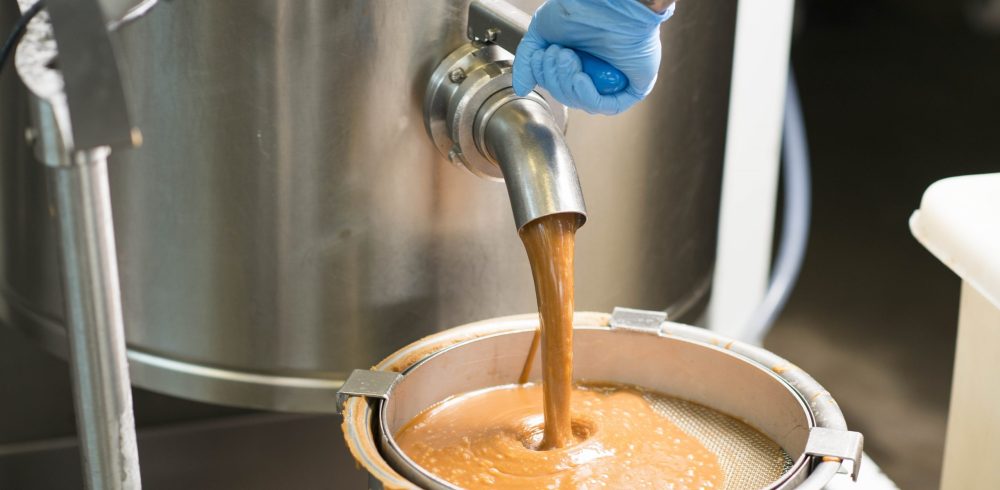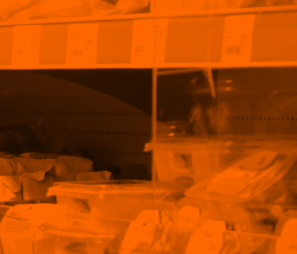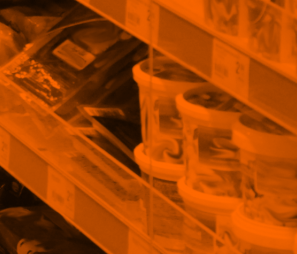An advanced digital replica of its Glasgow confectionery factory could help family-run business, Aldomak, streamline manufacturing processes and increase capacity, creating as much as 2,400 kilograms of sweet treats daily from a single production line.
With assistance from the National Manufacturing Institute Scotland (NMIS) – operated by the University of Strathclyde and part of the High Value Manufacturing (HVM) Catapult – a digital simulation of Aldomak’s fudge production line was developed aiming to support future decision-making and investment plans. The work was done as part of an R&D project funded by an RTO grant through Innovate UK.
The confectioner prides itself on its handmade recipes, but to accommodate a growing product range is gradually integrating a degree of automation into production processes. Using the results of an entire shift simulation, Aldomak and the Design Engineering team at NMIS identified potential bottlenecks and explored various ‘what-if’ scenarios, such as adding new equipment or modifying workflows.
By examining the capacity of boiling equipment and the movement of both personnel and products within the factory, Aldomak established how best to focus its efforts to boost efficiency. For instance, the need for heavy lifting and transporting products from one area of the factory to another could be reduced by almost 20% if the boiling and mixing processes were combined into one station – as well as reducing the risk of staff strains and injuries.
Investing in boilers with a higher capacity than current equipment could lead to a potential increase of 43% in throughput per shift, resulting in an extra 260kg of processed fudge based on the modelled scenario.
The digital model draws on a range of data including the capacity of the machinery, the duration of different cycles, inventory levels, and work schedules to help calculate the most efficient ways of working. This was gathered using a mixture of information supplied by the business and a 3D scan of the factory using specialist laser technology.
So far, the simulation has helped Aldomak to consider the changes needed to achieve increased output and efficiency. It encouraged the manufacturer to think differently, focus on bottlenecks, and explore various ways to increase throughput before considering major investments.
Dario Riccomini, managing director at Aldomak, said: “Our confectionery is made using tried and tested family recipes that have been passed down through several generations and, while our focus is still on our products being handmade, there are great opportunities to use technology to change the way we work. In recent years our output volumes and revenue have grown, but we are always keen to explore new systems and processes that can aid further expansion. By combining small improvements and targeting our investments, we could significantly increase our manufacturing capacity, which may lead to new commercial contracts and wholesale orders.
“The project with NMIS was our first introduction to using manufacturing simulation and, as well as seeing the measurable benefits of the model, it highlighted the potential impact of collaborating with researchers to take Aldomak and our products to the next level.”
In future, the tool – which uses Siemens’ Tecnomatix Plant Simulation software – could be used to look at Aldomak’s new fudge production scenarios as well other production lines including Scottish tablet, fudge and macaroon. The 80-year-old family business could also implement a similar real-time model to help monitor the production process more routinely or add extra data points that cover energy use to help boost sustainability.
Gwenole Henry, research & development engineer at NMIS, added: “With the team at Aldomak’s manufacturing facility so focused on fulfilling orders and day-to-day production, they don’t often get the chance to step back and assess the potential impact of changes or improvements. Developing this model provided the company with valuable insights into the simulation and emphasised the importance of the production data used as the baseline.
“Digital simulations of this kind can be an incredibly useful tool for manufacturers in any sector, helping them to meet goals and ambitions in terms of productivity, sales and even energy efficiency.”
Manufacturing & Engineering Magazine | The Home of Manufacturing Industry News















